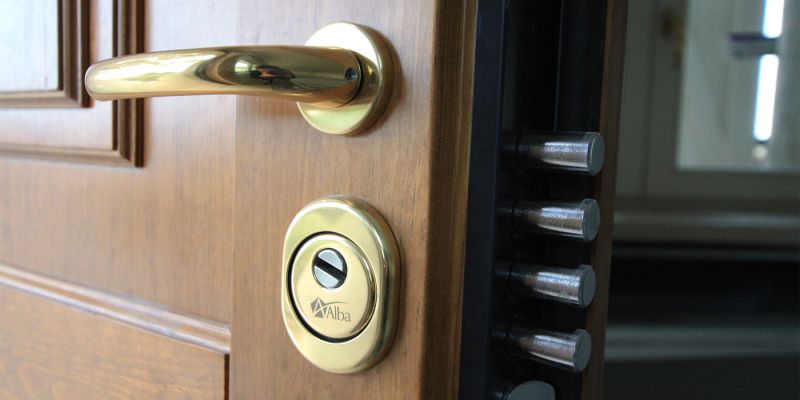CLASSES OF RESISTANCE TO BURGLARY
To understand what degree of safety can offer a security door, the latter is usually equipped with a class that certifies the quality burglary-proof, according to some ad hoc testing performed on it. The European standard ENV 1627 and later establishes 6 levels or safety classes and burglar resistance. These levels are different according to the type of lock and other characteristics, such as thermal and acoustic insulation.
the types of tests
To determine the class of a security door, this is submited to three types of evidences, according to European standards concerning:
- resistance of static loads
- resistance to dinamic loads
- resistance to manual attack
The machinery used for the tests, performing simulations of various attempts of burglary and based on the results obtained. In this way it establishes the strength class of the door. The minimum level is the level 1, able to resist the burglar physical strength: pushed, shouldered or so on, while the highest level is represented by doors used in banks, jewelers and high-security buildings.
REGULATIONS
To describe the degree of security, the regulation provides these descriptions:
- Class 1 The door resists burglar who tries try to force the door with pushing, shouldering, lifting, traction; (Not suitable as an entrance door)
- Class 2 The door resists burglar who tries to force the door using, in addition to that used in the previous class, even simple tools such as screwdrivers, pliers, wedges; (suitable as entrance door “sufficient protection”)
- Class 3 The door resists burglar who tries to force the door using, in addition to that used in the previous classes, other tools as crowbars; (suitable as entrance door “really good protection”)
- Class 4 The door resists burglar who tries to force the door using, in addition to that used in the previous classes, also hammers, saws, axes, chisels and cordless drills; (suitable as entrance door “excellent protection”)
- Class 5 The door resists an expert burglar, which also uses electric tools, such as drills, saws, grinders, etc; a class door 5 is suitable for banks, jewelers, military buildings, embassies;
- Class 6 The door resists an electric burglar, which uses electric tool at high power; a door with class 6 una porta di classe 6 is suitable for banks, jewelers, nuclear power palnts, military buildings and embassies.
In general, to protect an apartment building is required a class 2. If you have many valuable assets and the apartment is noble, it is necessary a class 3. For single-family homes and villas instead are recommended classes 3 and 4. Not all homes need the same level of protection. The choice of the door is conditioned by the actual risk factors of that particular dwelling, also depending on what is contained in it.



